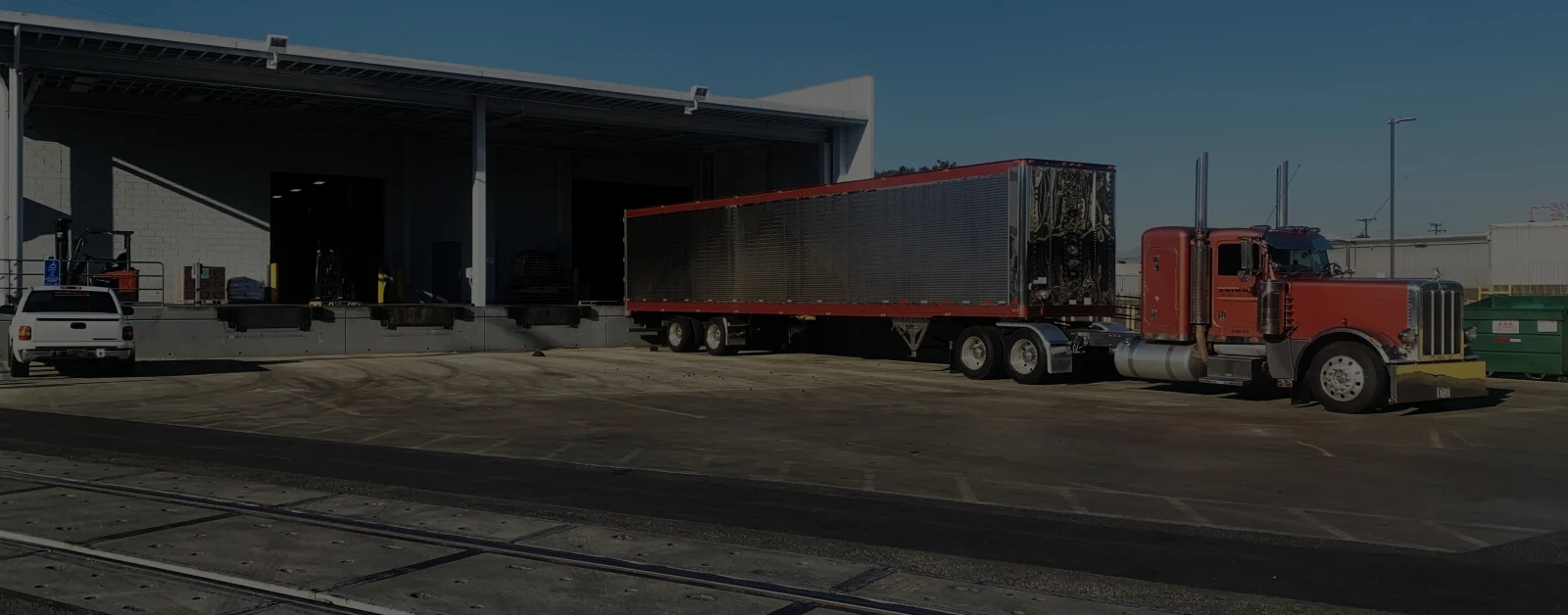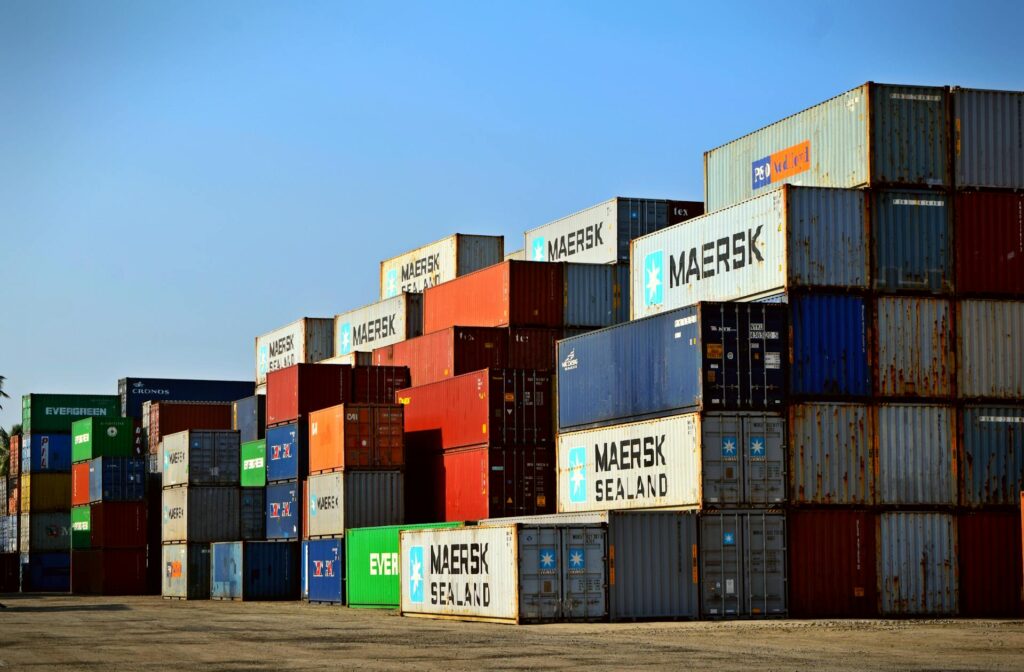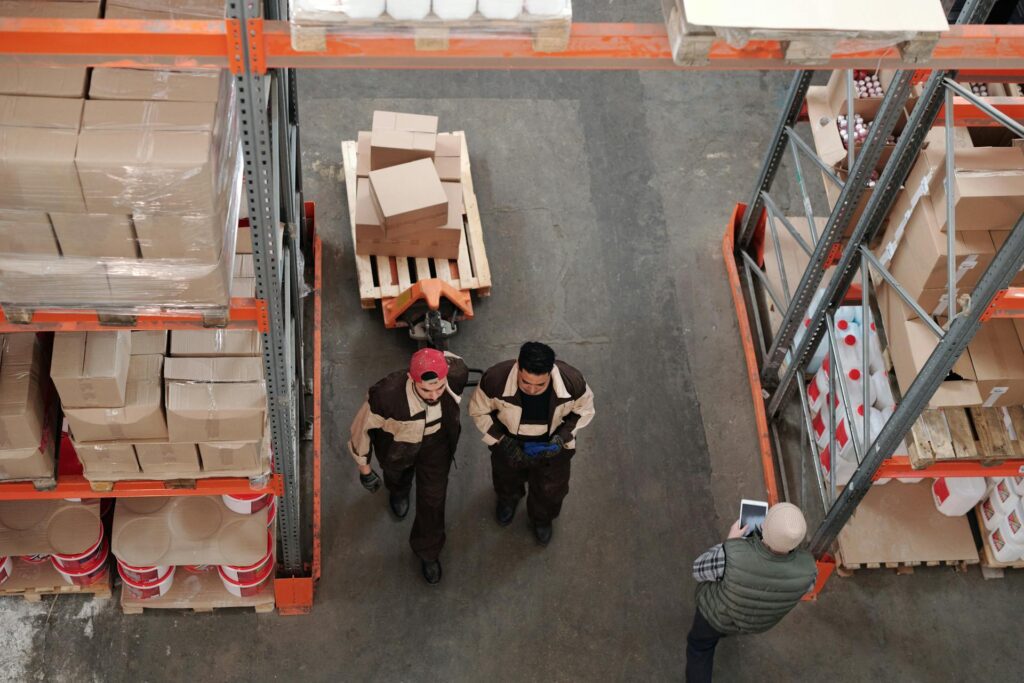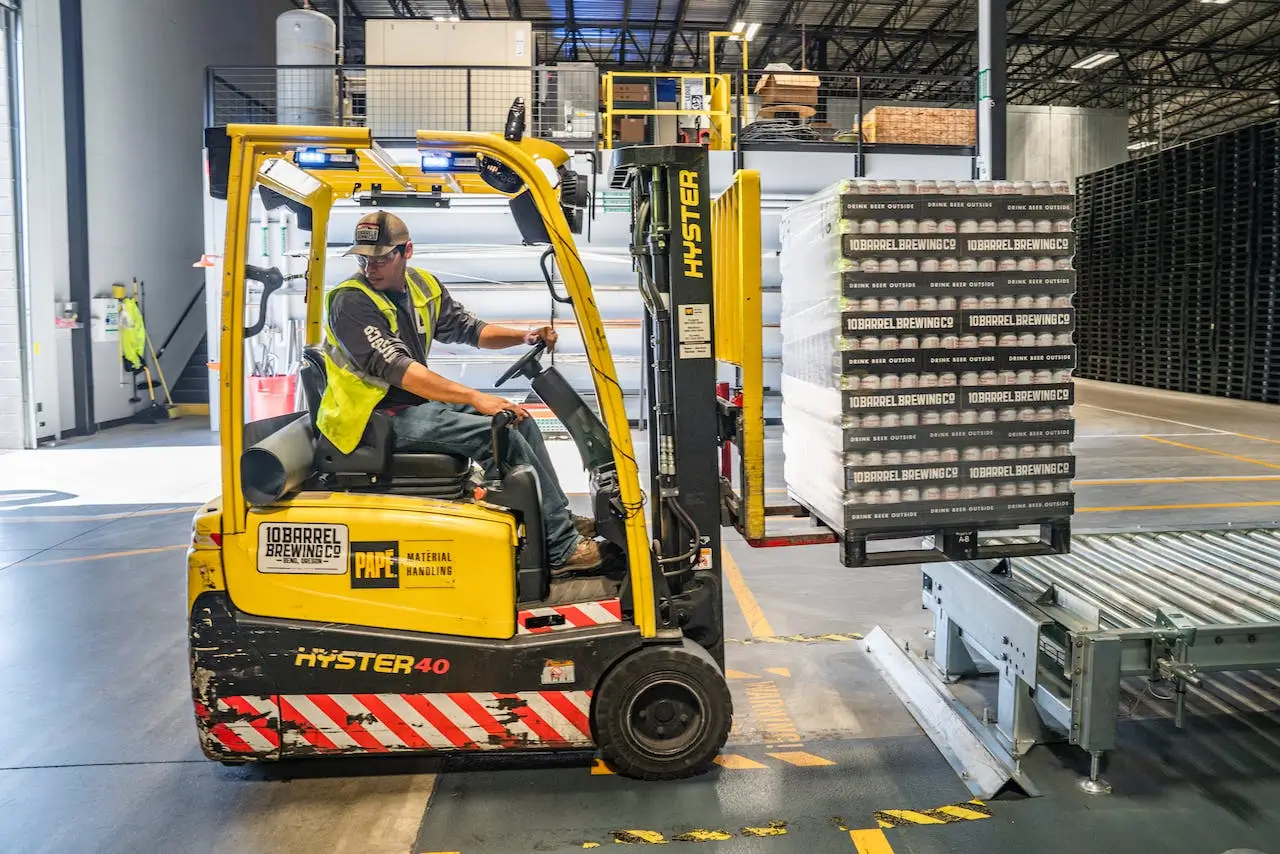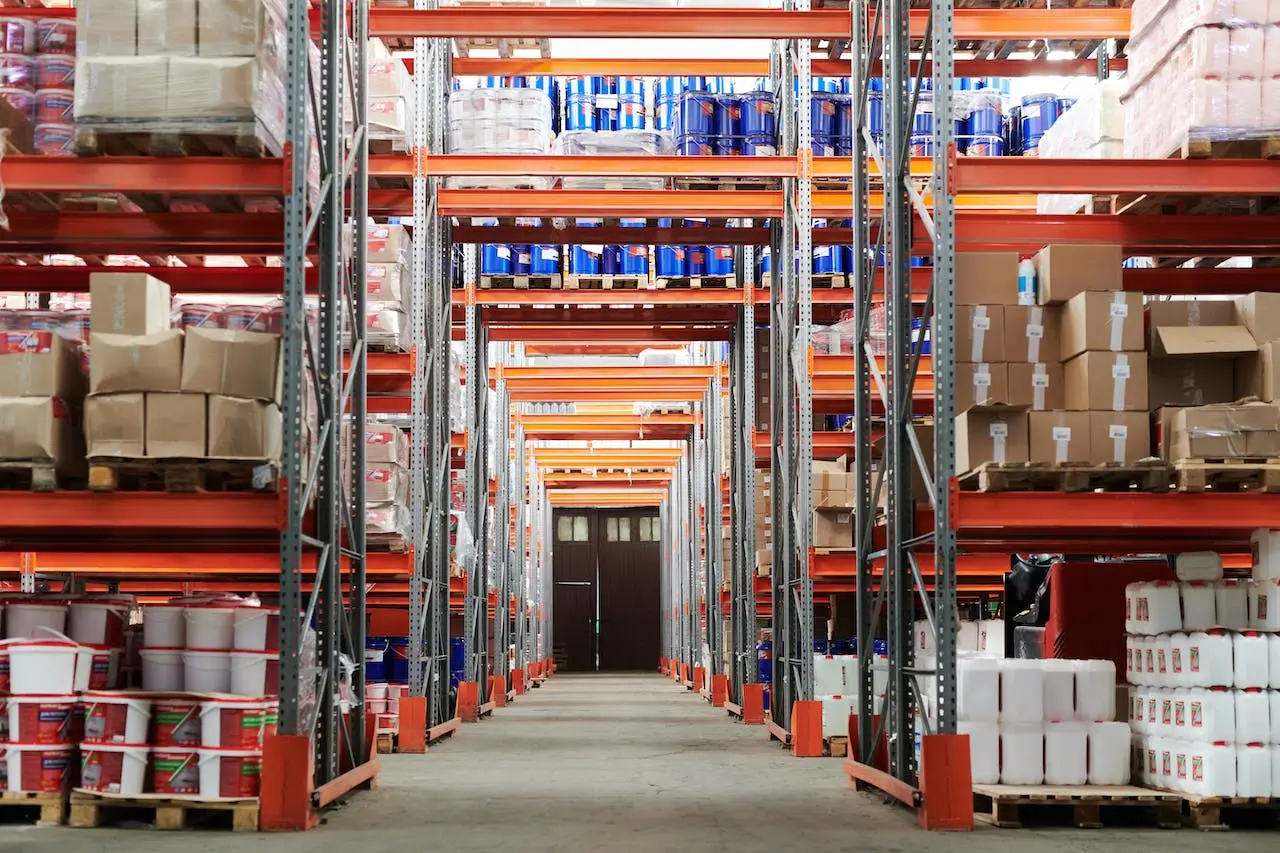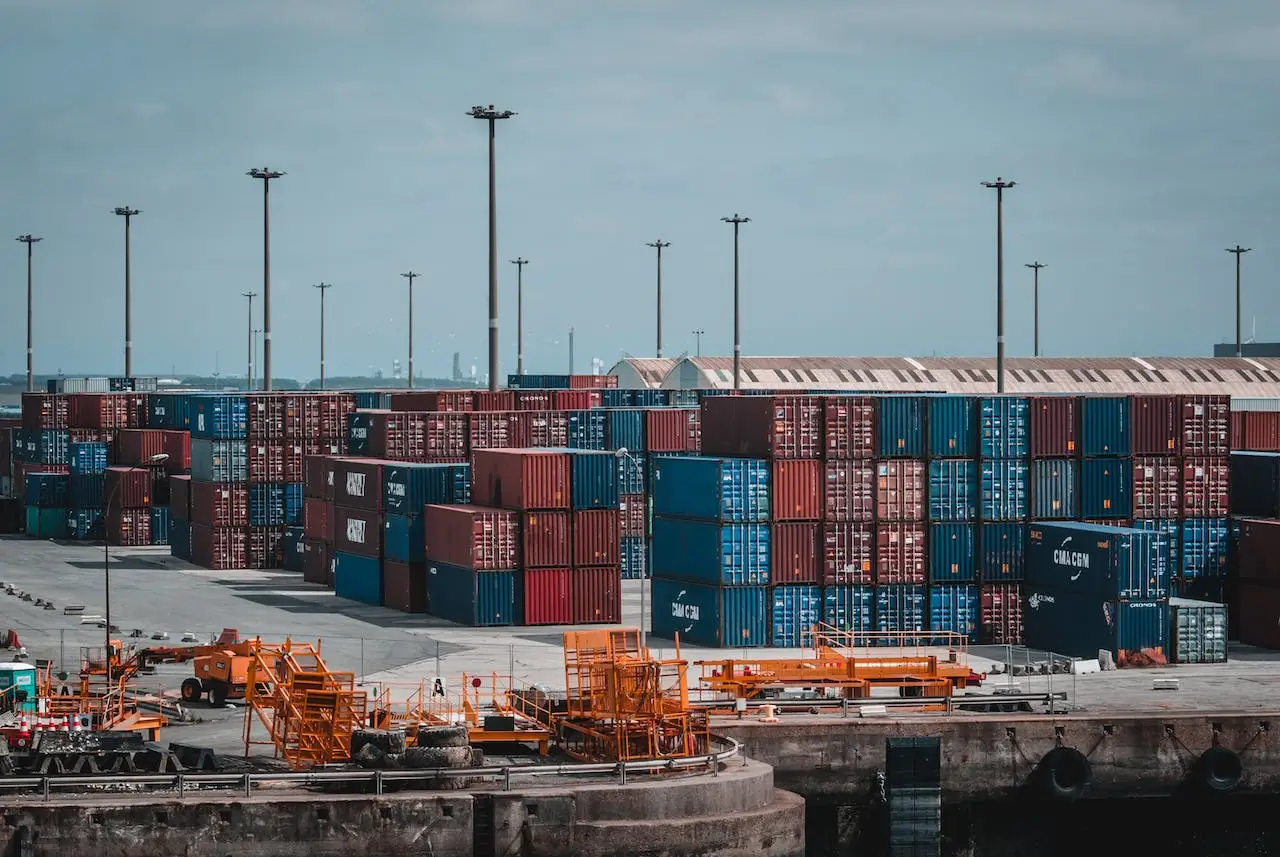Efficient Warehousing for Successful Los Angeles Importers

Efficient warehousing is vital for successful import operations in Los Angeles, America’s busiest port city. As a strategic hub for global trade, L.A. acts as a key gateway for U.S. importers. If you’re a business importing goods through this busy port, you need an efficient warehouse solution to streamline your operations, reduce costs, and ensure customer satisfaction. Without it, your business could face delays, lost goods, and unhappy customers. With smooth warehousing operations, it’s easier to thrive in a competitive market and avoid costly mistakes that could impact your supply chain performance.
Here’s what you should know about the role of efficient warehousing:
Challenges Faced by Los Angeles Importers
Los Angeles importers face significant challenges, like managing the high demand for imports and fast turnover, which strain warehousing operations, particularly during peak seasons. Importers must use dynamic stocking strategies to maintain stock availability without creating excess inventory, which can be costly. Space constraints present another major issue. With real estate at a premium in Los Angeles, maximizing limited warehouse space is crucial.
Offsite storage can help manage overflow, but it adds complexity to logistics. Regulatory compliance is a daunting task, too. Local and federal laws governing imports, labor, and safety standards are stringent and can create hurdles. Staying compliant requires constant vigilance and can be resource-intensive, but it’s essential to avoid legal repercussions. These factors make the importing business in Los Angeles a challenging – albeit potentially rewarding – endeavor. This is where strategic warehousing choices come in.
The Importance of Efficient Warehousing for Importers
Warehousing in Los Angeles plays a key role in making the supply chain efficient. It acts as a bridge between international shipping and domestic distribution. When paired with effective inventory management, efficient warehouse solutions make sure goods move quickly to where they need to be. This setup helps get imported goods to customers without delay. Los Angeles has the infrastructure and capacity to handle large volumes of goods, reducing bottlenecks in the process.
Proper storage conditions ensure the quality of products until they reach consumers. By keeping stock organized and accessible, efficient warehousing facilities save time and money. They also allow businesses in various industries to meet customer demands faster. Warehouses in Los Angeles streamline the journey of goods from overseas factories to homes and businesses around the country, making the supply chain more efficient and reliable.
For Los Angeles importers, this translates into significant benefits:
- Cost Savings: By optimizing storage and minimizing unused space, cost reductions are substantial. Streamlined processes cut down on labor hours, reduce waste, and maximize resource use. This results in lower operating expenses.
- Enhanced Customer Satisfaction: Speedy fulfillment is vital in today’s fast-paced market. Efficient warehousing ensures timely deliveries and accurate order fulfillment, enhancing customer satisfaction and loyalty.
- Operational Agility: Quick adaptation to fluctuating market demands and seasons is possible. Accurate inventory management reduces mistakes and the associated costs of correcting them. You avoid overstocking or running out of stock, maintaining a balanced inventory that meets demand without excess.
The essence of warehousing lies in its ability to facilitate smooth supply chain operations. This way, importers can ensure that operations run smoothly, positioning themselves for higher profitability and sustainable growth. Efficient operations are key to achieving success.
Key Elements of Efficient Warehousing

Several key components ensure that your warehousing operations run smoothly and efficiently:
- Location: Warehouses situated close to the Ports of Long Beach and Los Angeles offer a strategic advantage for importers. This proximity facilitates quicker customs clearance and reduces the time goods spend in transit. Importers thus gain a logistical edge, enhancing overall supply chain efficiency.
- Technology: Advanced technology integration is crucial in modern warehousing. Warehouse Management Systems (WMS) provide precise control over inventory and operations. Automation through robotics and automated retrieval systems streamlines tasks, minimizing errors and accelerating throughput, which is vital for high-volume importers.
- Layout and Space Utilization: A key element of efficient warehousing is an intelligently designed warehouse layout that minimizes movement, translating into faster picking and packing operations. Effective space utilization ensures that goods are not just stored, but are easily accessible for quick dispatch. Well-planned layouts enhance mobility, ensuring smooth operations even during peak periods.
- Inventory Management: Innovative inventory management balances stock levels optimally. Just-In-Time (JIT) practices cut down on excess inventory, saving costs and reducing waste. ABC analysis enables prioritization, ensuring that high-demand items are readily available. Real-time tracking provides agility, essential for adjusting to market dynamics swiftly.
- Staffing and Training: Competent staff form the backbone of efficient warehousing. Regular training programs equip employees with the skills necessary to handle advanced technologies and adhere to best practices. Continuous education keeps the workforce informed, ensuring high productivity and safety standards.
- Safety Protocols: Implementing stringent safety protocols is non-negotiable. Regular audits and updates of safety equipment foster a secure working environment. Training sessions focused on safety prepare staff to manage emergencies effectively, safeguarding personnel and goods alike.
Warehousing Solutions for Los Angeles Importers
Are you ready to optimize your warehouse operations? Implementing strategic warehousing elements and exploring third-party solutions can make a significant difference. If you’re looking for efficient warehousing in Los Angeles, talk to an expert at Cummins Logistics to discuss your import operations and warehousing requirements. We offer port proximity advantages, enhanced customer access, security assurance, cost-effective operations, logistics optimization, and an import partnership edge like no other.

